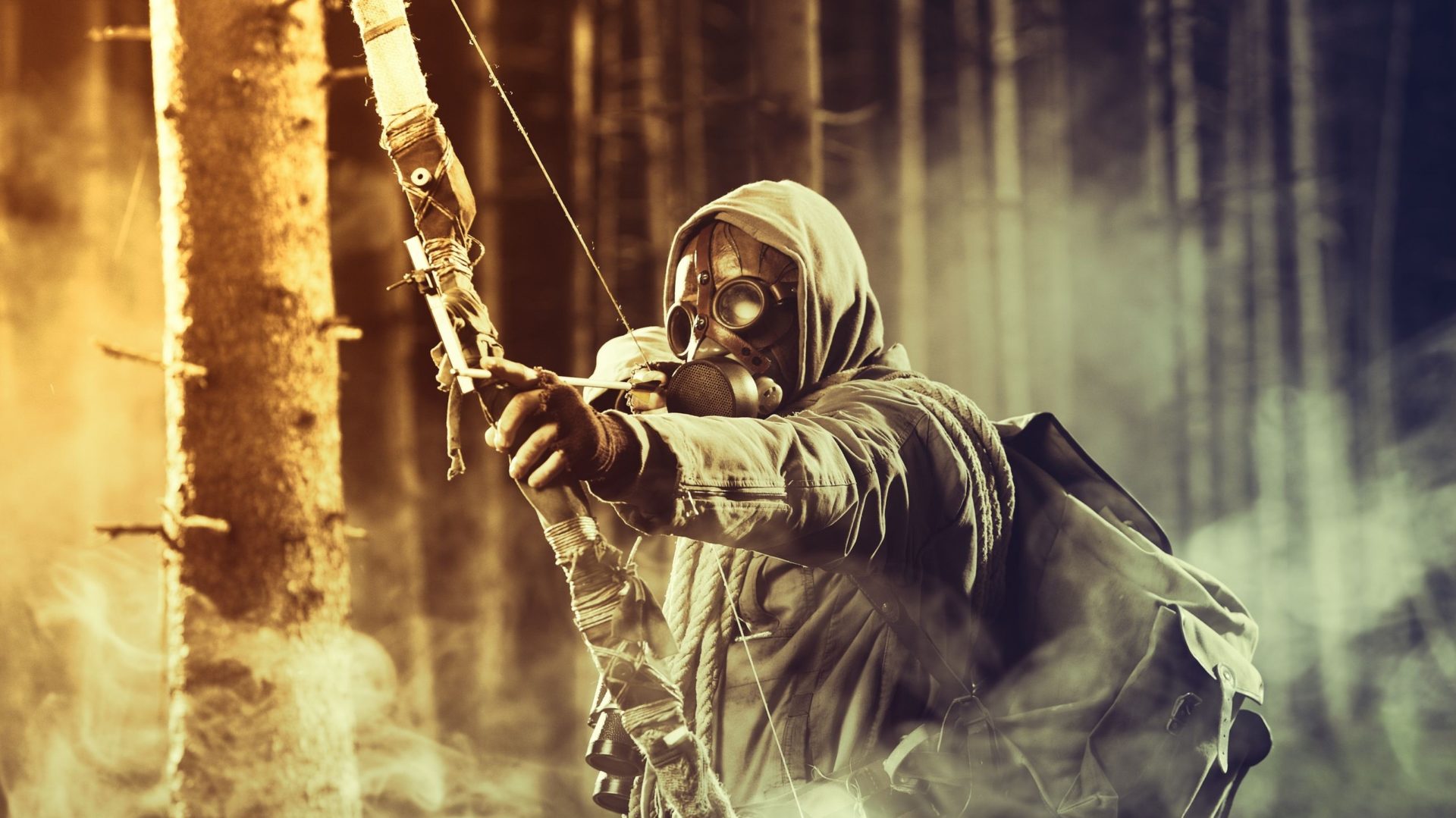Featured Shooting Earmuffs: Walker’s Razor Slim Ultra Shooting Earmuffs
Shooting earmuffs are essential safety equipment for anyone who enjoys shooting firearms. Whether you’re hitting the range for leisure, or medaling in competitive shooting, having a quality pair of earmuffs is crucial for protecting your hearing and improving your focus. Finding the best shooting earmuffs can be tricky – read on to discover which features to look out for and how to get great value for money.
I’ve been shooting firearms for much of my life. I started around age six and would shoot regularly. I now have tinnitus and constant ringing in my ears that will never stop. I’ve learned to live with it, and it doesn’t bother me as much as it used to, but it is always there. Using the best shooting earmuffs you can afford will help prevent tinnitus or keep what you have from progressing. They also save what hearing you have left and can protect your ears better than earplugs.
Identify Your Needs.
The first step in finding the best shooting earmuffs is understanding your needs. Think about what you intend to use them for and how much noise they will be exposed to. This will help you choose suitable earmuffs, as some are designed to block out more robust noise levels than others. You should also consider size, weight, comfort, and durability to find the perfect pair for your shooting needs.
Before purchasing your earmuffs, carefully read the product descriptions, reviews, and ratings. Doing so helps you understand what a pair of earmuffs can do and which suits your needs. Once you have identified the best model, don’t forget to check local stores or online retailers for prices, as specific models may cost more than others.
Choose the Type of Shooting Earmuffs You Want.
There are many different types of shooting earmuffs available, so it’s essential to take the time to understand the benefits of each kind. The most common types are passive earmuffs, which block loud sounds from entering your ear and are relatively inexpensive. Active noise reduction (ANR) earmuffs use electronics to actively cancel out loud sounds, providing a slightly better noise reduction level than passive models. As ANR models offer better protection, they tend to cost more than passive options. Knowing the type you need is essential in finding the best shooting earmuffs for the best bang for your buck!
In addition to understanding the type of earmuffs you want, it’s important to consider features like comfort and fit. Most earmuffs now come with padded headbands and adjustable earcups that can fit most heads comfortably. Wearing comfortable earmuffs will help to ensure your prolonged use and protection without discomfort. Additionally, the NRR rating is essential when choosing any type of hearing protection. The higher the NRR rating, the more protection against sound you get — so be sure to pick shooting earmuffs with an NRR rate of at least 25 dB or higher.
Consider Noise Reduction Rating (NRR).
Every type of shooting earmuff will feature a Noise Reduction Rating (NRR). The NRR indicates the amount of sound reduction the earmuffs can provide and is usually expressed in decibels. Although NRRs vary significantly between models, a higher rating means the headgear can block more sound. So make sure to check the NRR before you buy to ensure your earmuffs have sufficient levels of protection for your needs.
It’s essential to check the material of the earmuffs. Headgear made with foam and rubber padding provides more cushion, while those composed of soft plastics are durable and lightweight. Heavy-duty plastic models offer the most support and protection. Try out different types of earmuffs before purchasing them. Consider comfort features such as adjustable size settings and head straps for a secure fit.
Look for Comfort Features and Design.
Shopping for shooting earmuffs should also take into account comfort and design. Choose ear protection that is adjustable and lightweight so that it can be worn comfortably over long periods. Also, look for models with plenty of cushioning and a secure fit to ensure maximum protection. And remember to check if the headgear is compatible with any personal safety equipment you may already own.
Additionally, check to see if the earmuffs you’re eyeing have specialized features. Look for models with a noise reduction rating (NRR) of at least 22 decibels and safety ratings from the National Institute for Occupational Safety and Health. This will ensure maximum protection from sound and recoil shock. For shooters who prefer tag-teaming with a partner, look for models with audio inputs for sharing messages or listening to music together.
Check for Certifications and Quality Assurance Tests.
Look for earmuffs certified by Noise Reduction Rating (NRR) or Class 4 for the best protection. Check documentation and quality assurance tests, ensuring that essential consumer-safety standards such as chemical testing and noise suppression have been met.
When shopping for shooting earmuffs, it’s essential to do your research. Many brands advertise features such as noise cancellation and comfort, but you need confirmation when it comes to safeguarding your hearing. Your best bet is to look for earmuffs certified by Noise Reduction Rating (NRR) or Class 4 for the best protection. This certification involves rigorous laboratory testing and is a reliable foundation for any pair of ear protection. Additionally, ask yourself if what you’re buying has proven proof of quality assurance tests by a third-party organization just to ensure they are safe to use and meet safety standards.
In Conclusion:
Purchasing a great pair of shooting earmuffs will save you headaches and hearing loss for years to come. My hearing was damaged as a kid and I do everything in my power to protect what I have left and I recommend that you do the same, especially if you shoot firearms often.

Jerome is an avid outdoorsman who moonlights as an attorney when he’s not creating the world’s greatest online content.
Related posts:
- Howard Leight by Honeywell Amplification Electronic Shooting Earmuffs […]...
- 15 Best Electronic Shooting Earmuffs of 2022 […]...
- Which CB Radio is Right For Your Truck? The Definitive Guide […]...
- Best Steel Shooting Target Stands 2022 Review […]...
- The Best Climbing Tree Stand – Buyer’s Guide […]...
- 8 Best Shooting Rests of 2022 […]...
- The Best Shooting Tripods and Bipods […]...
- 12 Best Range Bags for Pistols 2022 Guide […]...
- The 8 Best CB Radios of 2022 + Buyer’s Guide […]...
- The Ultimate Guide to Choosing the Perfect Gun Safe for Your Home […]...
- Become a Pickleball Pro: An In-Depth Guide for Newcomers […]...
- 5 Reasons to Invest in a Nightstand Gun Safe […]...


